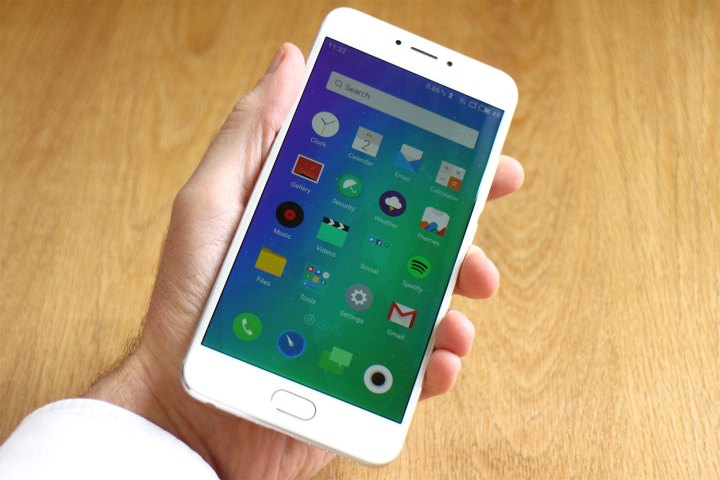
All in all, smartphone users spent nearly 900 billion hours on various apps, an increase of more than 150 billion hours (or 25 percent) year over year. Unsurprisingly, this notable upward trend in popularity also lent itself to more money for developers — the revenue paid to the folks behind the apps went up by 40 percent.
According to App Annie, China was a major reason behind the increase in iOS downloads. Moreover, despite the historical popularity of games, in 2016, other categories contributed more to overall growth. For example, Finance, Travel, and Photo & Video apps did particularly well for the iOS App Store, whereas the Productivity, Tools, and Social categories proved popular on Google Play.
Overall, publishers saw revenues of more than $35 billion across the iOS and Android app stores, with China again contributing in a major way to this uptick. In fact, the app-crazy nation contributed to almost 50 percent of the iOS App Store’s annual growth. Moreover, China was also the leading source of App Store revenue last year.
App Annie’s report corroborates many of the findings previously released by Sensor Tower, which also found that users are using apps more often, and that games are not necessarily the most popular category anymore.
You can check out App Annie’s full report, which delves into a number of other interesting trends (including the growth in video streaming, the viability of fintech apps, and the popularity of shopping apps), here.
Editors' Recommendations
- You’ll soon be able to use WhatsApp on more than one phone
- Gaming is more popular than ever due to coronavirus


